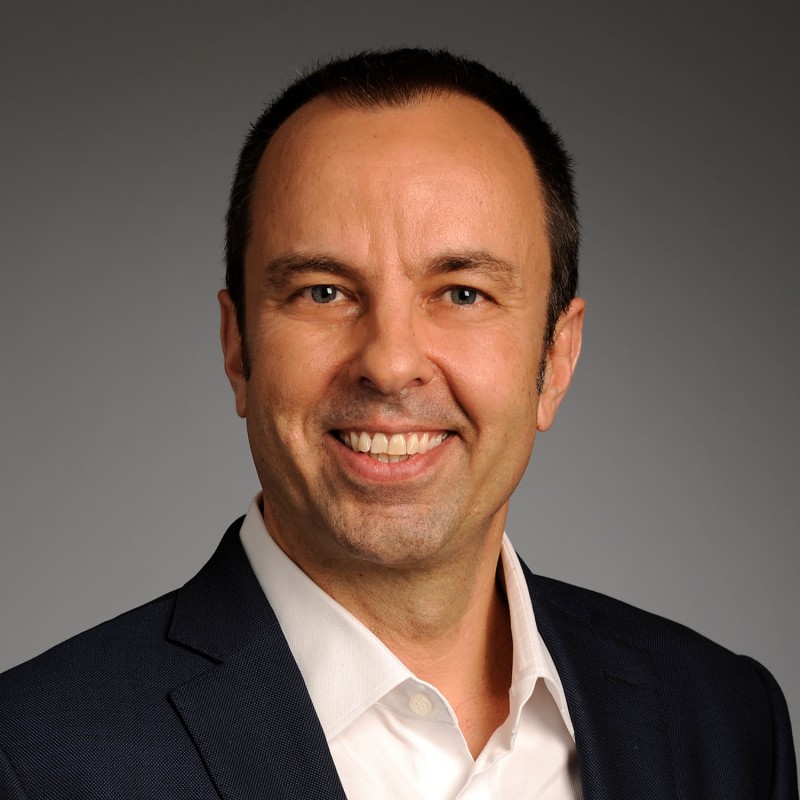Telecoms, otherwise largely known as Communications Service Providers (CSPs), have traditionally made the lion’s share of their revenue from providing pipes and infrastructure. Now CSPs face increased competition, not so much from each other, but with digital service providers (DSPs) like Netflix, Google, Amazon, Facebook, and Apple, all of whom leverage their networks to provide both new means of cheap, or free, communication, as well as content and applications.
As a result, CSPs are changing their business models so they look more like these DSPs, which focus on these types of services first, and the pipes second. In order to seize new opportunities in digital services, Over-the-Top (OTT), and IoT data monetization, a move to the cloud is essential.
Digital Service Providers have proverbially spoiled customers with instant-on provisioning for digital services, real-time account status, personalized recommendations, and hassle-free self-service options. Although CSPs are slowly acquiring these traits and starting to look a little more like their agile competitors, most still have a long way to go.
CSPs have to move a lot faster. Moving from hardware to cloud solutions helps them accelerate infrastructure upgrades by taking away the need for technician home visits. Unlike modern digital services that are tethered directly to the consumer, hardware like set top boxes (STBs) perpetuate the outdated notion of tethering instead to a physical address.
One example of a company moving with digital dexterity is Charter Communications with its Worldbox cloud-based TV service. Worldbox does most of its computing in the cloud, so new features can be rolled out in real time. This eliminates physical installations and allows rapid deployment, faster time-to-revenue, and happier customers.
Companies like Amazon and Netflix have mastered the art of using mountains of consumption data to gain unique insights into customer usage trends, behavior patterns, and preferences. They then use it to elevate customer service, provide highly personalized incentives, and adjust product catalogs. CSPs have to start following this model in order to stay competitive.
The challenge? CSPs typically keep usage data in separate systems. Finance data goes to finance, billing data to billing, and so forth. In aggregate, this data is extremely valuable, but historically, CSPs have not analyzed it across all the silos. In a Digital Economy, they need to consider all data that is collected in order to better serve their customers and look for cross-sell and upsell opportunities, which ultimately build customer loyalty and grow incremental revenues.
Perhaps the biggest challenge for CSPs is their reliance on outdated business systems. The operations support systems (OSS) and business support systems (BSS) used by many CSPs were designed for high-volume efficiency to support a limited set of services, such as voice calling and cable TV delivery, which are all bound primarily to a geographic location rather than a specific consumer. These systems were designed and implemented to handle heavy transaction volumes, but the downstream impact of the end-customer experience was an afterthought. In the age of machine-to-machine connectivity, IoT, and data-driven services, CSPs are not nimble or adaptable enough to stay competitive in today’s markets if they are relying on these systems alone.
With legacy OSS/BSS systems, bringing new products, packages, or even promotions to market requires coding and time-consuming IT intervention. In a world where the business and its consumers have come to expect change in days or even hours, even the most trivial changes can take months. These systems often lack real-time capabilities for fulfillment, provisioning, and customer self-service, and can’t easily support complex pricing schemes that merge subscriptions, usage, and one-time payments, or that involve third parties. These are big problems, but there is a workaround.
OSS/BSS are intricate, multi-million dollar systems that touch virtually every aspect of a CSP’s business. But their most fundamental flaw is that changes to pricing, packaging, and behavior are implemented via changes to underlying code. Not only is this a purely engineering-focused approach to change costly and time consuming, it also guarantees the creation of a labyrinthine system disconnected from its original code base. This means that upgrading these behemoths can take years and cost millions more, all while the digital economy is shifting into high gear and passing them by. Building responsive systems is vital, as Gartner emphasized in a recent report : “Re-engineer the core IT, and create a new digital platform, adopting and instilling new methodologies to enable BUs to respond rapidly to capture market opportunities and deal with the high levels of uncertainty that are inherent in emerging digital ecosystems.”
There is an achievable path forward that’s much less painful than a wholesale “rip-and-replace” of current infrastructure. A viable alternative approach to replacing existing systems is adding on cloud-based solutions as an agility layer on top of the old behemoths. This layer becomes the starting point for quickly creating and managing critical OSS/BSS functions demanded by newer DSP products and services (recurring billing, packaging, bundling, subscription management, customer care, etc.), all while peacefully coexisting with the legacy system and providing the minimum amount of attention it requires to stay operational.
The power to create and change offerings is placed in the hands of business users rather than engineers, so they quickly iterate service pricing and packaging without completely disrupting or overhauling their existing infrastructure. More importantly, they can help CSPs shorten response times, improve customer service, and speed their time to market.
Most CSPs still have a lot to change before their DSP metamorphosis is complete. The good news is that as key enablers of our connected world, they’re in a prime position to cash in on the burgeoning monetization opportunities of the digital economy. While the paralysis many CSPs suffer from is understandable—given the shackles imposed on them by modes and systems that are now outdated— doing nothing is not a viable option.
By Tom Dibble





